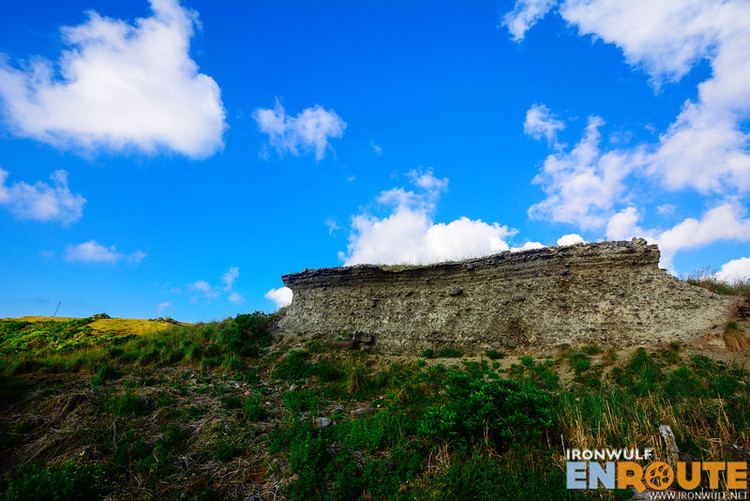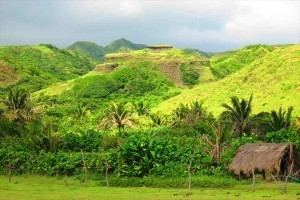Former names Idjang , Moong , Kota Architectural style Filipino Materials Limestone, Wood | Alternative names Batanes Castles Location Batanes Islands | |
Status National Cultural Treasure Type Traditional Ivatan people, Tagalogs Similar Morong Beach, Tukon Church, Racuh a Payaman, Valugan Boulder Beach, Vayang Rolling Hills | ||
Basco airport batanes breathtaking view from basco idjang
An Idjang or Batanes castle is a triangular-shaped hilltop citadel on the Batanes Islands in the Philippines, made from limestone and wood.
Contents
- Basco airport batanes breathtaking view from basco idjang
- Background
- Functions
- During the colonial era
- References

Background

In 1994, Dr. Eusebio Dizon, the Deputy director of the National Museum of the Philippines, went to Batanes with his team of experts for an archeological project. They discovered a triangular-shaped hill in Savidug, which is a municipality in Sabtang, These rocky formations are called Idjang by the locals.

The ancestors of today's Ivatans descended from Austronesians who migrated to the islands 4000 years ago during the Neolithic period. They lived in fortified mountain areas called idjangs and drank sugar-cane wine, or palek. They also used gold as currency and produced a thriving agriculture-based industry. They were also seafarers and boat-builders.
Functions
The Ivatan, indigenous inhabitants of the northern Batanes islands, historically constructed fortifications known as idjangs to safeguard themselves during periods of conflict. These defensive structures were strategically positioned on hills and elevated terrains, serving a similar protective function as European castles. Typically, access to these fortifications was controlled through the use of a rope ladder, which was lowered exclusively for villagers. This ladder could be retracted to prevent entry during times of invasion.
During the colonial era

In 1783, the Spanish claimed Batanes as part of the Philippines under the auspices of Governor-General José Basco y Vargas. The Bashi Channel had come to be increasingly used by English East India Company ships and the Spanish authorities brought the islands under their direct administration to prevent them falling under British control. However, the Ivatan remained on their idjangs, or mountain fortresses. In 1790, Governor Guerrero decreed that Ivatans were to leave their idjang and to live in the lowlands, thereby giving them more people to tax. Basco and Ivana were the first towns.

